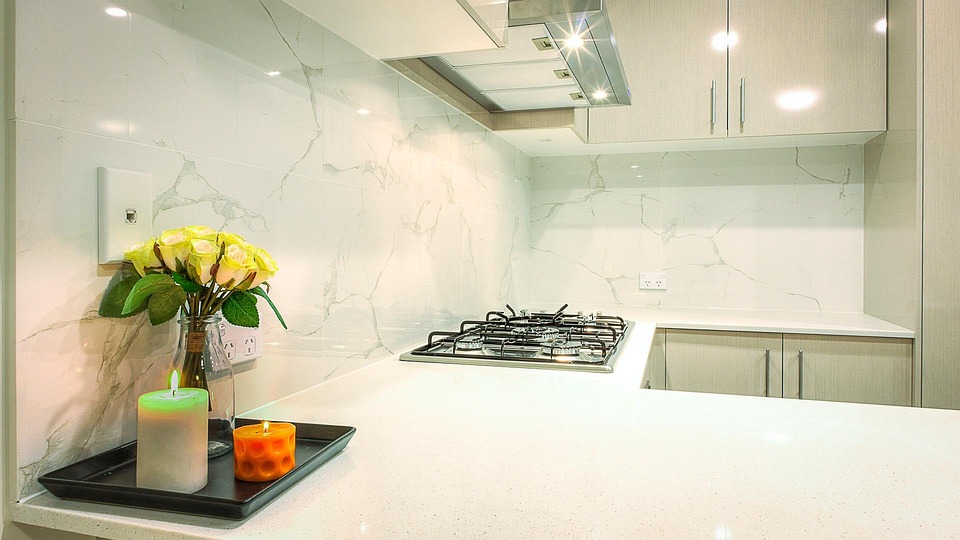Decoding Business Attire: What to Wear for Success
In the professional world, the way you present yourself can significantly impact your career trajectory. Business attire is more than just clothing; it communicates your professionalism, confidence, and respect for your workplace. Understanding the nuances of business attire is essential for making the right impression. This article will help you decode what to wear for success in various professional settings.
The Importance of Appropriate Attire
First impressions are often formed within seconds, and your attire plays a crucial role in that initial perception. Whether you’re attending a job interview, a business meeting, or a networking event, your clothing choices can influence how others perceive your competence and commitment. Dressing appropriately for your environment not only boosts your confidence but also helps to establish credibility and respect.
Understanding Business Attire Categories
Business attire can generally be categorized into three main types: business formal, business casual, and smart casual. Each category has its own set of expectations and guidelines.
Business Formal
Business formal is typically reserved for high-level meetings, interviews, or events where a polished image is paramount. For men, this often means a tailored suit, a crisp dress shirt, a conservative tie, and dress shoes. For women, a tailored suit (pantsuit or skirt suit) paired with a professional blouse and closed-toe heels is ideal. Accessories should be kept minimal and tasteful, with an emphasis on quality over quantity.
Business Casual
Business casual strikes a balance between professionalism and comfort. This attire is common in many workplaces that encourage a more relaxed dress code. For men, business casual might include dress pants or chinos with a collared shirt, possibly paired with a blazer. Women can opt for dress pants or skirts with blouses, or even a smart dress. Footwear can be more relaxed, allowing for loafers or flats, but should still look polished.
Smart Casual
Smart casual is a step down from business casual and is often seen in creative industries or informal meetings. This attire allows for more personal expression while still maintaining a level of professionalism. Men might wear tailored jeans with a blazer and a stylish shirt, while women could choose a nice top with tailored trousers or a casual dress. Footwear can range from smart sneakers to ankle boots.
Choosing the Right Colors and Fabrics
Color psychology plays a significant role in how your attire is perceived. Neutral colors like black, navy, and gray convey professionalism and authority, while softer tones can suggest approachability. Fabrics should be chosen based on the environment and the season. Wool or cotton blends are great for formal settings, while lighter fabrics like linen can work well in business casual scenarios.
Accessorizing Appropriately
Accessories can enhance your outfit, but it’s essential to strike the right balance. Keep jewelry understated and professional; think classic pieces like a wristwatch or simple earrings. Bags should be functional yet stylish, with structured designs often appearing more professional. Remember, less is often more when it comes to accessorizing in a business environment.
Understanding Company Culture
Every organization has its own culture that influences its dress code. Before selecting your outfit, take time to observe the styles of your colleagues and superiors. If you’re unsure, it’s better to err on the side of dressing more formally until you gauge the workplace expectations. Company culture can range from traditional to progressive, and your attire should reflect your understanding of that culture.
Conclusion
Decoding business attire is an essential skill for anyone looking to succeed in their career. By understanding the expectations of different dress codes, selecting appropriate colors and fabrics, and considering the company culture, you can make informed choices that reflect your professionalism and personality. Remember, your attire is a powerful tool in your career arsenal—use it wisely to pave the way for success.



